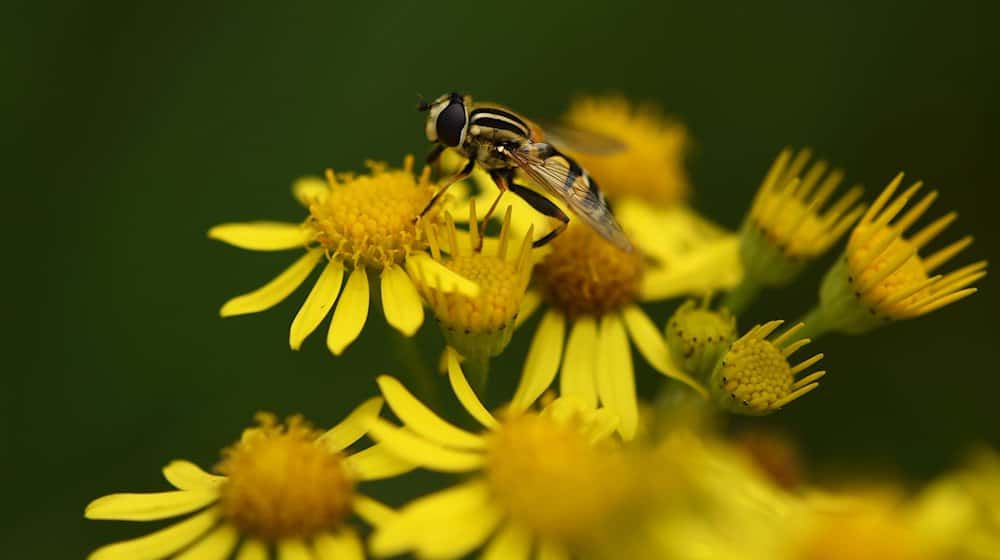According to the environmental agency, the poisonous spring ragwort is spreading in Saxony. The State Office for the Environment, Agriculture and Geology therefore advises rapid control of the plant, as announced in a press release on Thursday. Eastern and northern Saxony are particularly affected. Spring ragwort contains "pyrrolizidine alkaloids (PA) that are harmful to humans and animals."
"Spring ragwort is a herbaceous plant that grows ten to 50 centimetres tall with yellow daisy-like flowers," explains the office. It mainly occurs on fallow land, set-aside areas, grassland, forage areas and on the edges of fields and roads. All parts of the plant are poisonous. However, the highest concentration is reached during flowering, it said. "Ingestion by humans is possible through harvesting as a by-herb in leaf salads, spices, herbal teas and wild herbs and can damage the liver." Even in horses and cattle, the intake of a few milligrams of PA over a longer period of time can lead to severe poisoning due to liver damage. According to the office, sheep are less at risk.
Fodder, silage (a green fodder for livestock preserved by fermentation) and hay from areas heavily infested with spring ragwort may not be marketed and fed according to the office. "Individual plants should be pulled out by the root and disposed of in the residual waste garbage can." In the case of several plants or larger stands, it is preferable to "mow at least twice shortly before flowering and before seed formation. Afterwards, the mowed material should be cleared and disposed of in composting plants with thermal treatment or in waste incineration plants in order to contain further spread", it said.
Copyright 2024, dpa (www.dpa.de). All rights reserved










